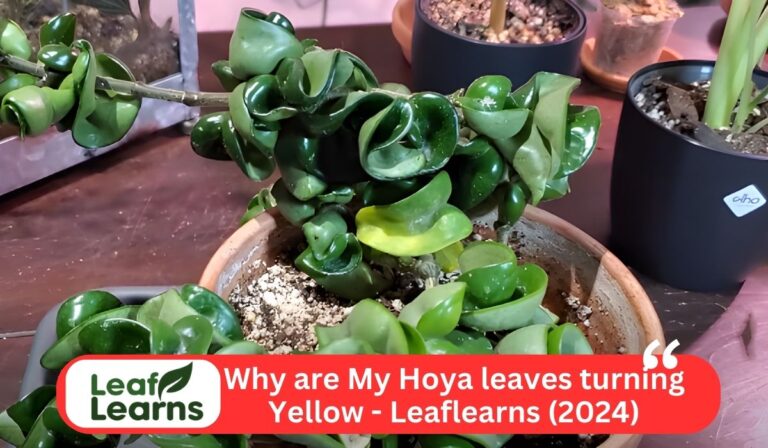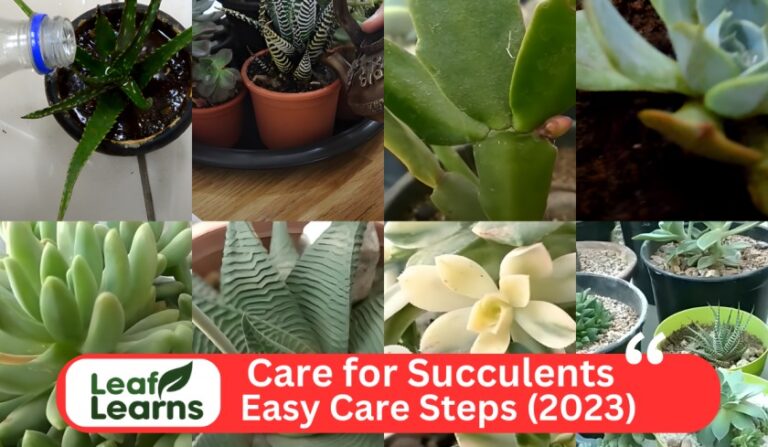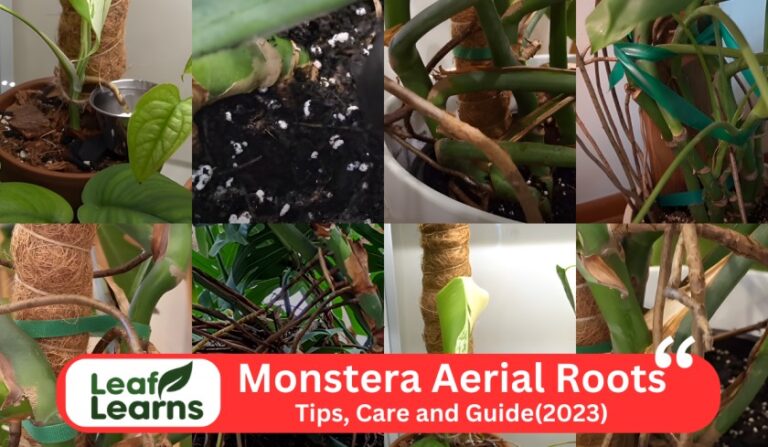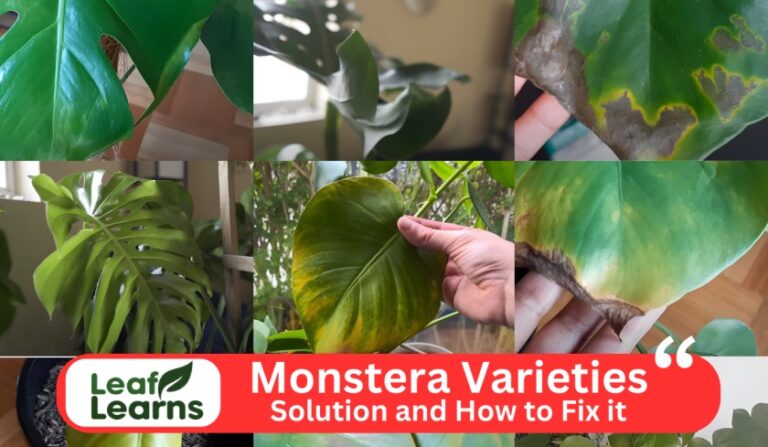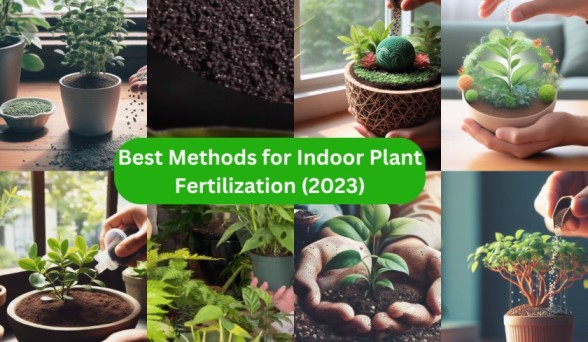8 Dangerous Indoor Plant Pests: Symptoms and Treatment
Indoor plant pests are like Very dangerous in your houseplant collections. These small plant can harm your houseplant and can cause the stress to plant.Common pests include aphids, mealybugs, and scale insects. They’re like plant enemy, sucking out the juicy goodness from leaves and stems.
Sticky slime on the foliage or odd white beetles lurking about are warning signs of doom.You have to be a detective to keep your plants safe. Regularly check your plants. When you see one of these cunning bugs, take immediate action. To get rid of them, use soapy water or specialized plant sprays.
Sometimes, inviting friendly bugs like ladybugs can help control the baddies.Preventing pest parties is essential. When you will give the water and sunlight regularly then your houseplant will happy. Dont make a rush between the plant , try to breath them all.
So When you check out the pests in your houseplant , then remove it and makes the plant healthy. Your indoor jungle will Flourish, and you will be the hero of your houseplant World. So here is the some indoor plant pests.
Contents
Fungus Gnats
Despite their tiny size, fungus gnats may seriously harm your indoor plants.
These little flying pests are a frequent problem with indoor plants and may be extremely annoying.
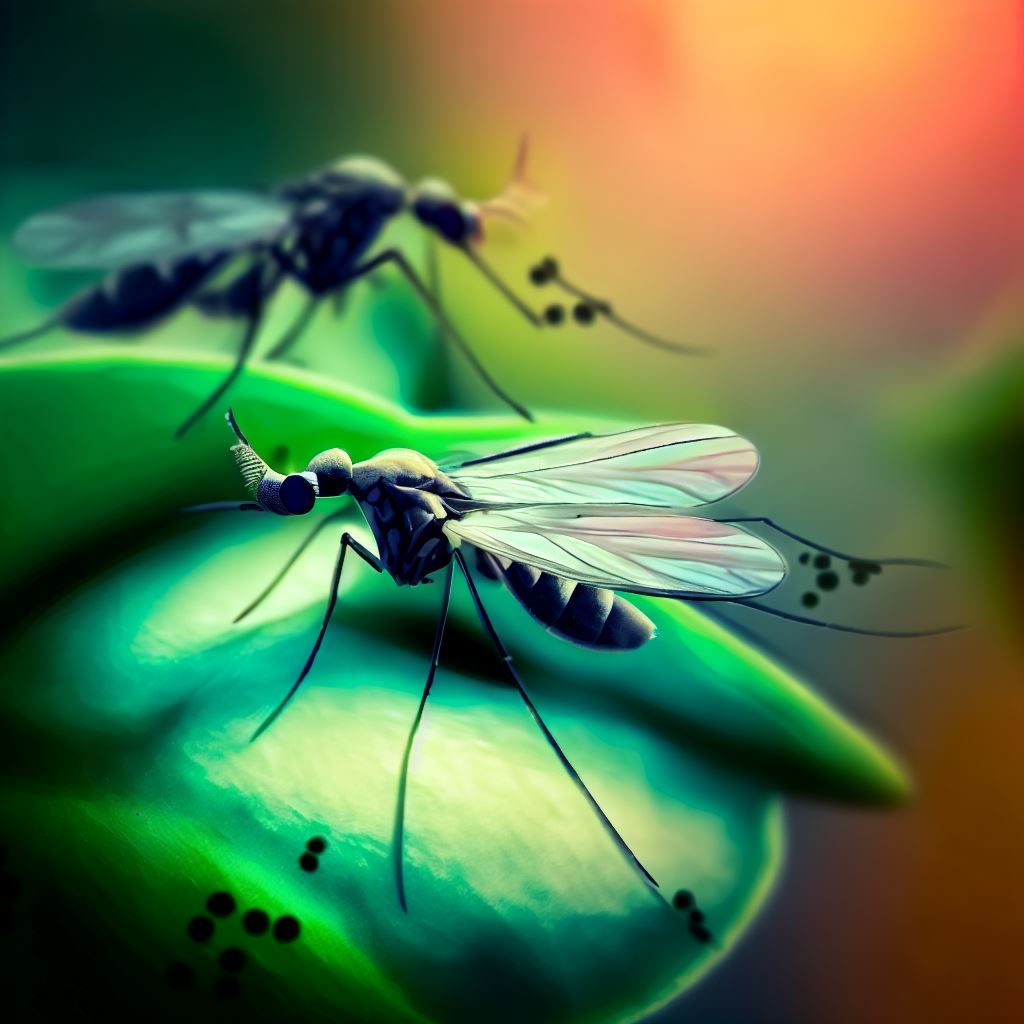
Fungus Gnats Symptoms
Here are some symptoms to watch out for:
- Pests that Fly: You frequently see adult gnats buzzing about your plants.
- Yellowing Leaves: Fungus gnat larvae feed on plant roots, which causes leaves to yellow and wilt.
- Mouldy Soil: Since fungus gnats like damp environments, they can promote the formation of mould in the soil around your plants.
Fungus Gnats Treatment
- The good news is that you can get rid of fungus gnats by following a few easy steps:
- Gnats thrive in damp environments, so let the top inch of soil dry out between watering.
- Use Sticky Traps: To catch the adult gnats, set up yellow sticky traps next to your plants.
- Repot with Fresh Soil: If the infestation is bad, you might want to repot your plant in sterile, new soil.
- To destroy larvae and keep adult gnats away, use neem oil or hydrogen peroxide to the soil.
- Maintain a Clean Environment: To get rid of breeding grounds, clear away fallen leaves and other debris from the soil’s surface.
Spider Mites
Even though they are hardly apparent to the unaided eye, spider mites may cause havoc on your indoor plants.
These little parasites get their name because of their propensity for weaving delicate silk webs.
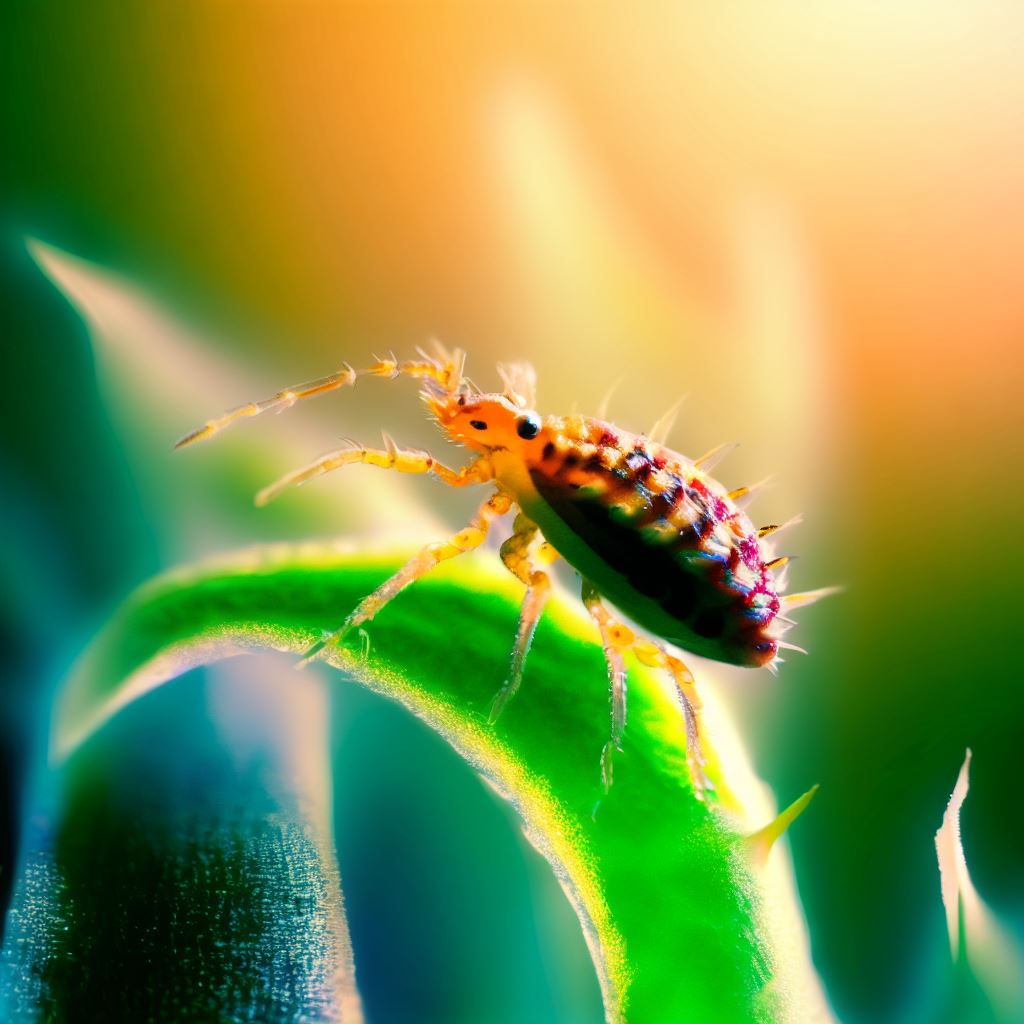
Spider Mites Symptoms
Here are some common symptoms to watch out for:
- Spider mites frequently create tiny webs on the leaves of your plant that resemble fine spider silk.
- Yellowing Leaves: As the mites drain the plant’s fluids, infected leaves may become yellow or golden.
- Due to mite feeding, leaves may take on a speckled or stippled appearance.
- Check for fine webbing on the undersides of leaves to see if there are any mites or small, silky webs there.
Spider Mites Treatment
You may take a number of actions to fend off these bothersome intrusions. To stop the spread of mites, first isolate the damaged plant. After that, use a vigorous stream of water to gently wash the plant to remove any remaining mites and their webs.
Neem oil or insecticidal soap are two options for a more focused strategy that can both successfully manage spider mites. Make sure you properly adhere to product directions.
Because mite infestations flourish in dry environments, maintaining a suitable balance of humidity in your indoor environment can help prevent them.
You’ll be well on your way to keeping your indoor garden mite-free if you regularly examine your plants to spot any new infections early.
Mealybugs
Mealybugs are annoying indoor plant pests that may be quite troublesome for your other plants.
These small, soft-bodied insects may appear innocent, but they are plant-eating machines that, if left unchecked, can weaken and injure your plants.
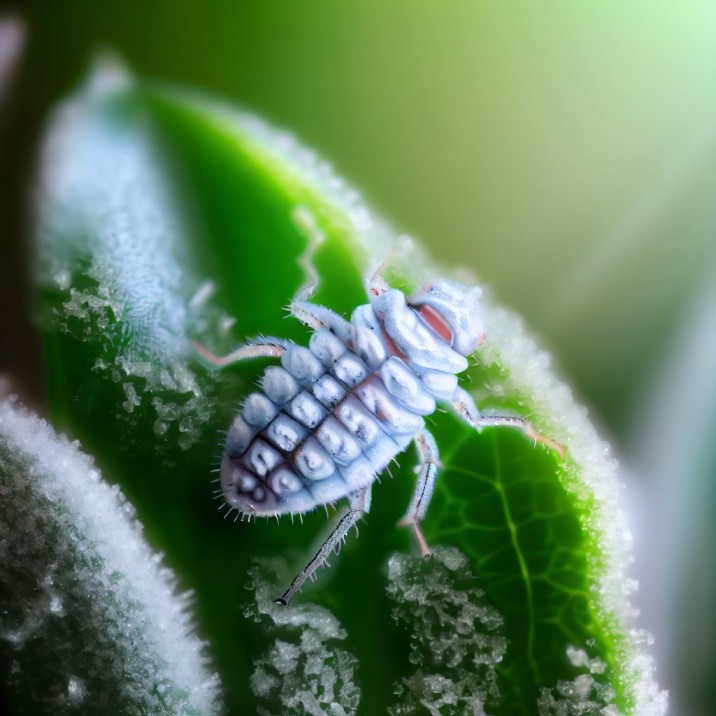
Mealybugs Symptoms
Here are some common symptoms to watch out for:
- Mealybugs frequently produce white, fuzzy masses on the leaves, stems, and joints of your indoor plants.
- Sticky Remains: They emit honeydew, a sugary substance that can attract ants and lead to the formation of mould on your plants.
- Leaves that are infected may become yellow before dropping.
- Mealybug feeding might hinder the development and general health of your plant.
Mealybugs Treatment
Start by isolating the afflicted plant to stop the pests from spreading if you have a mealybug infestation. Use a gentle brush or cotton swab bathed in rubbing alcohol or soapy water to gently remove the insects.
Make careful to routinely check your plant to spot any new pests at an early stage. For more severe instances, neem oil or insecticidal soap might also be helpful therapies.
maintain in mind that regular care and upkeep are necessary to maintain your indoor plants healthy and free of mealybugs.
Whiteflies
Whiteflies are annoying bugs that may ruin your houseplants.
These small, white insects eat by sucking sap from plant leaves. They resemble tiny moths.
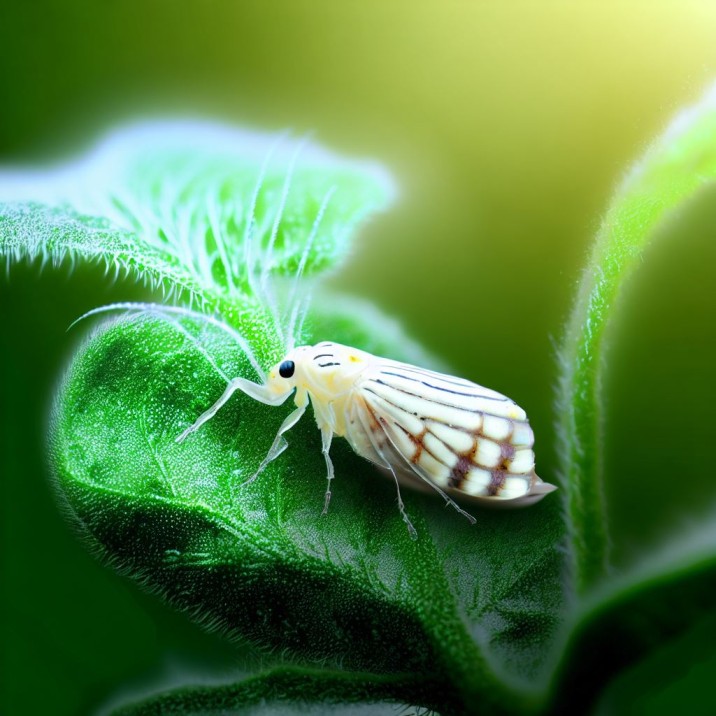
Whiteflies symptoms
Here are some symptoms of a whitefly infestation:
- Whiteflies can cause your plant’s leaves to become yellow, giving it a sickly appearance.
- Sticky honeydew: They expel a material called honeydew that is sticky and can attract mould, giving your plant a filthy appearance.
- Weak growth: Plants that have been infected may develop weak, stunted growth as well as less fruit or flowers.
Whiteflies Treatment
To tackle a whitefly problem, you’ll want to take action promptly. Here’s how:
- Isolation: To stop the infection from spreading to other indoor plants, isolate the afflicted plant.
- Trim and eliminate leaves or stems that are seriously infected.
- Insecticidal soap: To smother and kill the whiteflies, use insecticidal soap or neem oil. Make sure you properly adhere to the product instructions.
- Yellow sticky traps: To catch adult whiteflies in flight, hang yellow sticky traps close to your plants.
- Encourage helpful insects like ladybirds or lacewings, which consume whiteflies, as natural predators.
Springtails
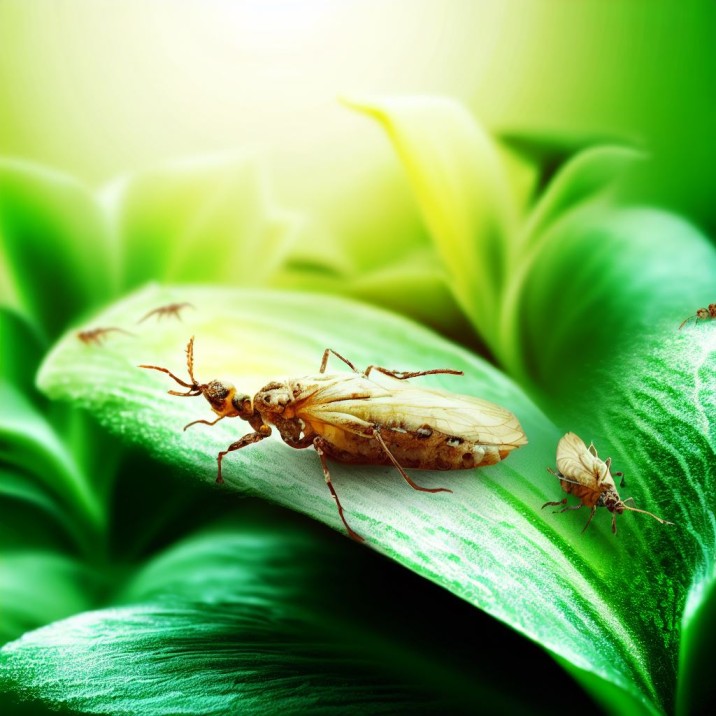
They are often grayish or black, and when disturbed, may leap thanks to a special spring-like structure.
Even while they aren’t harmful to your plants directly, their presence can be irritating, and if there are enough of them, they may compete with your plants for moisture and nutrients.
Springtails Symptoms
Here are some common symptoms of a springtail infestation:
- Bugs that Jump: When disturbed, small insects may be seen bouncing about the earth or on the plant’s surface.
- Moist Soil: Since springtails prefer damp surroundings, excessively wet soil may promote the growth of this species.
- No Damage to Foliage: Unlike certain pests, springtails seldom harm the leaves or stems of the plant.
Springtails Treatment
Starting with the moisture problem is the first step in treating a springtail infestation. Since these pests like moist environments, let the soil dry up between waterings.
By providing appropriate space between your plants and minimizing overcrowding, you may improve air circulation around them. As a non-toxic method to ward off springtails, you may also utilize natural therapies like diatomaceous earth or neem oil.
Consider reporting the damaged plants in new, well-draining soil if the infestation is severe in order to destroy the pests’ habitat. Always keep a tight eye on your plants to spot any re infestation early and treat it.
Root Aphids
Despite receiving less attention than their above-ground cousins, root aphids pose a serious threat to lovers of indoor plants.
The roots of your favorite plants are mostly infested by these small, sap-sucking insects, which frequently cause damage that is not apparent until it is serious.
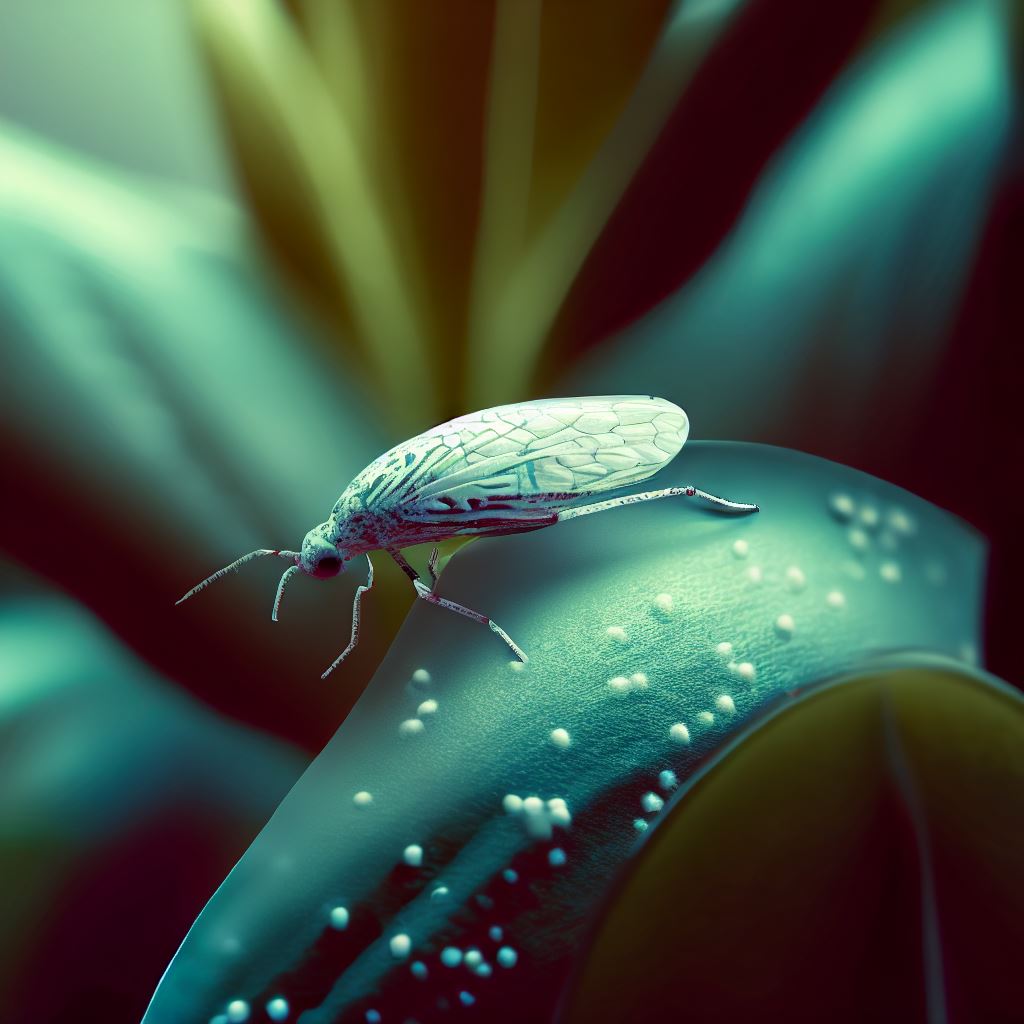
Root Aphids Symptoms
Recognizing the symptoms of root aphid infestation is crucial for effective treatment.
- Stunted development: Despite favorable conditions, plants impacted by root aphids may have delayed or stunted development.
- Yellowing Leaves: Because root aphids interfere with a plant’s capacity to absorb nutrients, yellowing or withering of the leaves may indicate root aphid damage.
- Excessive Soil Moisture: Since root aphids produce honeydew, which encourages the growth of fungi, infested pots may have excessively moist soil.
- Visible Aphids: In extreme situations, you may be able to see the individual small, pale-colored aphids in the soil or around the root ball.
Treatment for Root Aphids:
Root aphid control calls for a multifaceted strategy. To stop future infection, start by separating infected plants from healthy ones. Repot the infected plant after carefully eliminating as much of the contaminated soil as you can.
To wash the roots and get rid of the aphids, mix water and mild soap. Root aphid numbers can also be reduced by using helpful nematodes or introducing predatory insects like rove beetles.
To avoid the re occurrence of this bothersome bug, regularly examine your indoor plants and maintain the right soil moisture levels.
Leaf Miners
Leaf miners are a little but pesky bug that can harm your houseplants. On plant leaves, these small insects, which are frequently moths or flies, deposit their eggs.
The larvae tunnel within the leaves as soon as they hatch, forming crooked, meandering trails or “mines.”
These tunnels interfere with the plant’s capacity to photosynthesize and can impair the health of the entire plant.
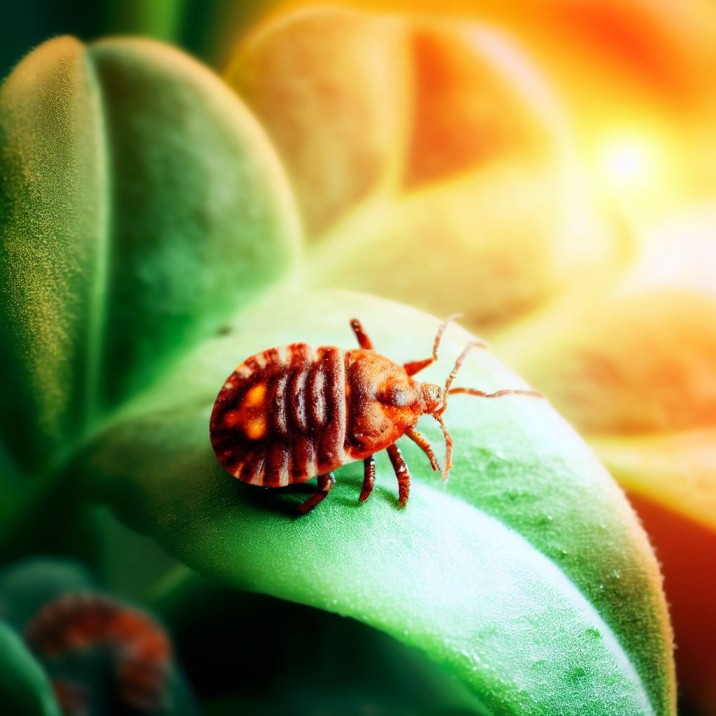
Leaf Miners Symptoms
Recognizing the symptoms of leaf miner infestations is crucial:
- leaves with discernible serpentine or meandering patterns.
- Affected leaves may become discolored, yellow, or brown.
- diminished vigour and stunted development of the plant.
- aesthetic harm that makes the plant appear ugly.
Leaf Miners Treatment:
To combat leaf miners and protect your indoor plants:
- Pruning: Remove and destroy affected leaves or branches to limit the infestation’s spread.
- Natural Predators: Introduce natural predators like parasitoid wasps or predatory insects that feed on leaf miners.
- Sticky Traps: Set up yellow sticky traps near plants to catch adult leaf miners before they lay eggs.
- Neem Oil or Insecticidal Soap: Apply neem oil or insecticidal soap as directed on the affected leaves to suffocate the larvae.
- Regular Monitoring: Keep a close eye on your plants and act promptly at the first sign of infestation.
Russet Mites
The tiny parasites known as russet mites (Aculops cannabicola) can silently destroy your prized indoor plants.
Due to their small size, these tiny arachnids are frequently disregarded, while having powerful destructive skills.
Russet mites mostly attack cannabis plants, although they can also infest ornamental and vegetable plants that are grown indoors.
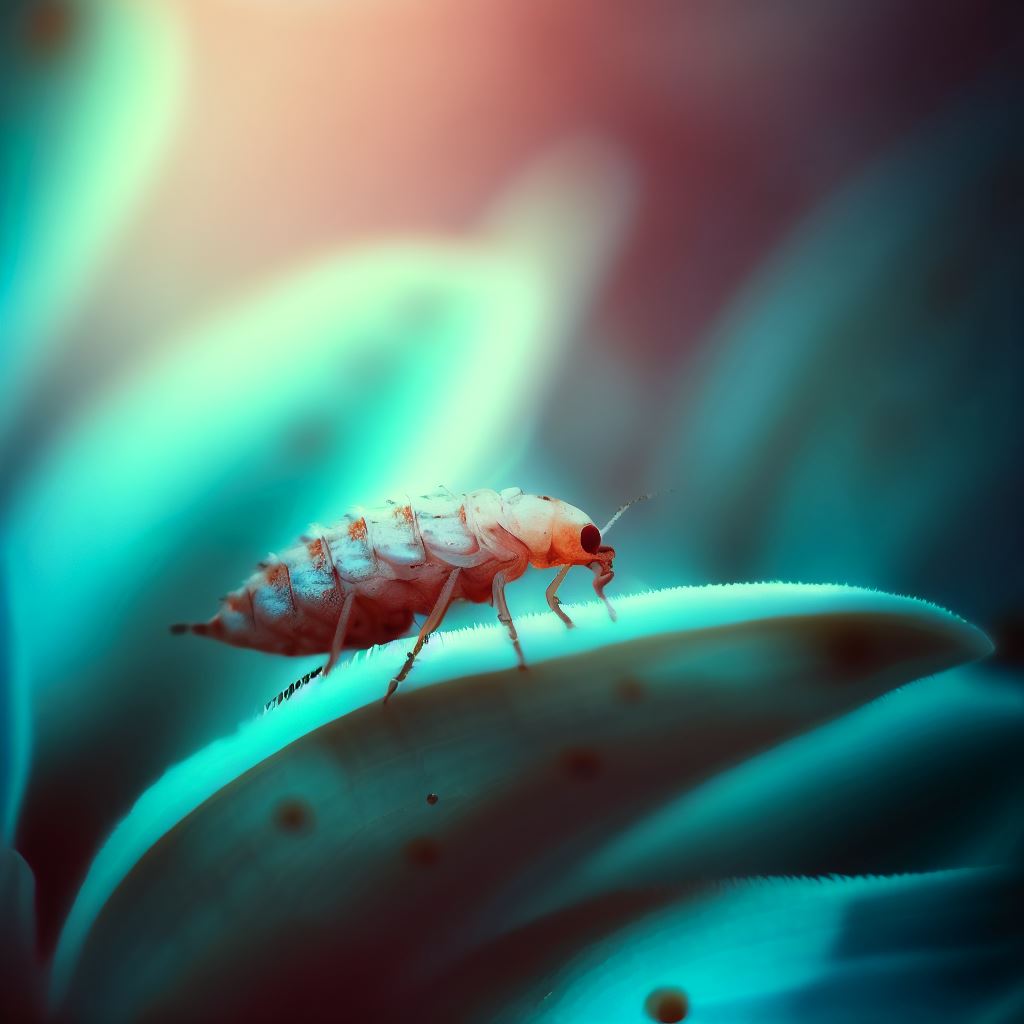
Russet Mites Symptoms
- Yellowing or bronzing of leaves.
- Curling, twisting, or cupping of foliage.
- Reduced plant growth and vigor.
- Visible webbing on leaves and stems.
- Tiny, pinpoint-sized dots on leaves that may appear rust-colored.
- Premature leaf drop.
Russet Mites Treatment
Early discovery is essential for eradicating a russet mite infestation. To stop the mites from spreading, quarantine the afflicted plants. Following are a few therapy options:
Pruning: To lower the mite population, trim and remove badly affected plant portions.
Apply neem oil to the affected plants. Mites’ life cycles might be disturbed and suffocated by it.
Use horticultural oils or insecticidal soaps to combat mites. Insecticidal soaps. Ensure that you adhere to the package instructions.
Mite predators: In order to organically reduce russet mite populations, introduce beneficial predatory mites like Phytoseiulus persimilis.
Isopropyl alcohol: To kill the mites immediately upon contact, wipe the infected leaves with a cotton swab dipped in isopropyl alcohol.
Before adding additional plants to your indoor garden, quarantine them in order to stave off pest infestations.
Thrips
Thrips may be a major pain in the neck for people who have indoor plants. The havoc these tiny, thin animals cause may be very obvious, despite the fact that they are rarely visible to the unassisted eye.
Thrips leave behind patches of silvery, speckled, or discolored leaves and flowers after puncturing plant cells and sucking out the contents. They are well known for having raspy mouthpieces that create distinctive scars.
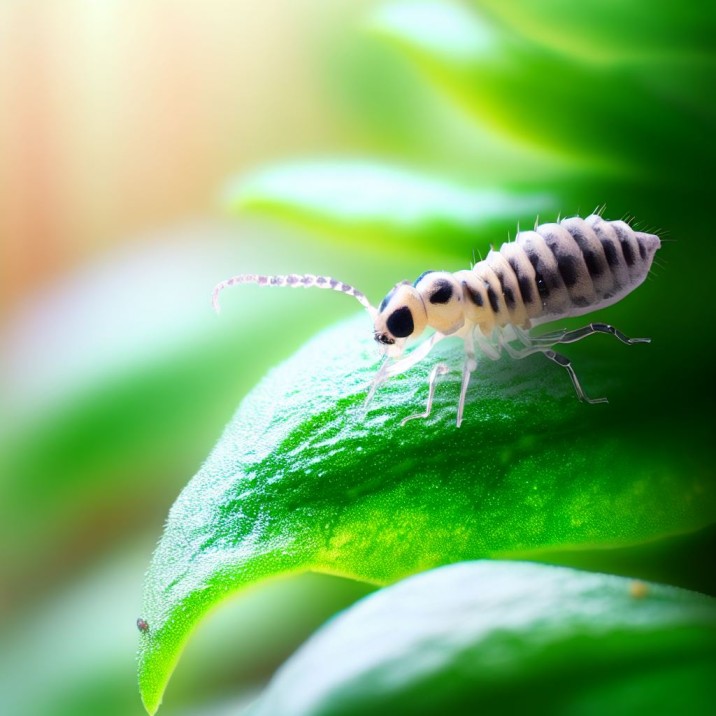
Thrips Symptoms
- Silver or discolored streaks on leaves
- Distorted or deformed plant growth
- Presence of tiny, slender insects on the plant
- Damaged and discolored flowers
Thrips Treatment
- Although thrips can be difficult to control, it is crucial to protect your indoor plants. Start by isolating the afflicted plant in order to stop the pests’ spread. Thoroughly inspect the plant, paying close attention to the undersides of the leaves where thrips like to hide. Here are some potential treatments:
- Pruning: Cut off and remove plant parts that are severely infected in order to reduce the population.
- Use a strong water spray to get rid of thrips from the plant.
- Neem Oil: Follow the instructions on the product’s label when using neem oil or insecticidal soap.
- Introduce helpful insects like ladybirds or predatory mites to help control thrips.
- Recurring treatment is recommended: Be persistent since thrips may require many applications of your chosen treatment strategy.
Comprehensive Guide to Indoor Plant Pests: Identification, Prevention, and Control”
Indoor plant pests are a common concern for plant enthusiasts, whether you’re in Australia or New Zealand. Some of the most common indoor plant pests in Australia include aphids, mealybugs, and scale insects.
These tiny invaders can wreak havoc on your green companions, leading to wilting leaves and stunted growth. Identifying indoor plant pests is crucial, as it enables you to take swift action to curb their spread. Look for telltale signs like sticky residue on leaves or the presence of white bugs.
To combat these intruders, you can turn to various methods, such as natural remedies like essential oils or attracting beneficial bugs to your indoor garden.
Preventing pests in indoor plants is essential, and it starts with proper care and maintenance. Regularly inspect your houseplants, keep them well-watered but not overwatered, and avoid overcrowding.
By taking these steps and knowing how to treat indoor plant pests, you can create a thriving indoor garden that’s pest-free and flourishing.
FAQs
What pests affect indoor plants?
Indoor plants can be plagued by pests like aphids, mealybugs, scale insects, fungus gnats, spider mites, whiteflies, springtails, root aphids, leaf miners, and russet mites.
What are the signs of a fungus gnat problem?
If you see small flying gnats about your plants, yellowing leaves from larval root feeding, or mouldy soil in moist conditions, you may have a fungus gnat infestation.
How to deal with thrips on indoor plants?
Use a powerful water spray, use neem oil or insecticidal soap, isolate the sick plant, cut the damaged regions, introduce predatory mites or ladybirds, or isolate the entire plant. You could need a number of therapies.
What are the symptoms of a russet mite infestation?
Early leaf fall, yellow or golden leaves, curled or twisted foliage, stunted plant growth, apparent webbing, and tiny rust-colored patches on leaves are all signs of rusty mite infestations.

